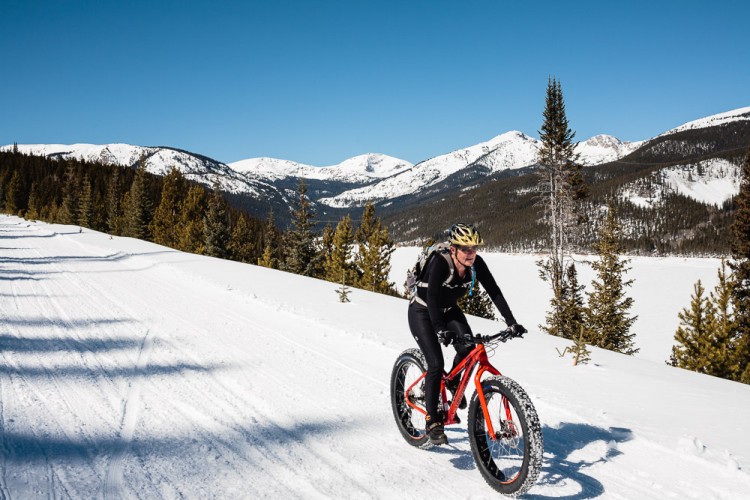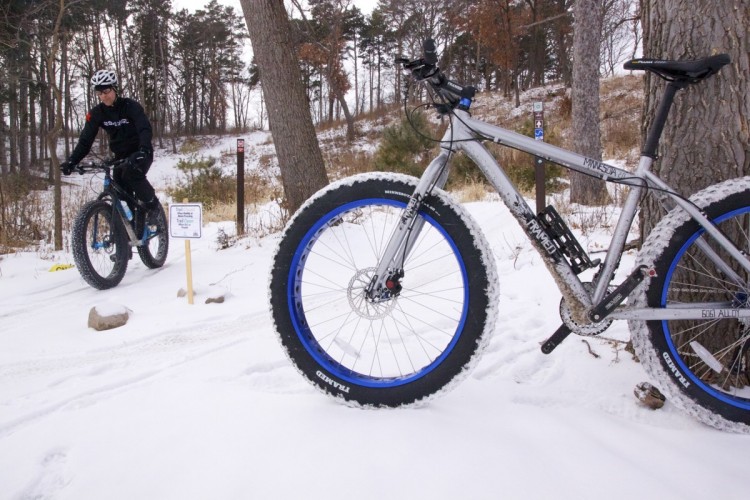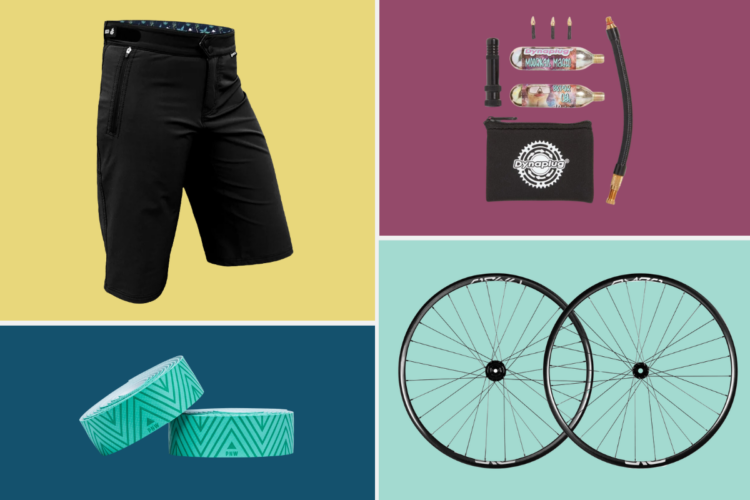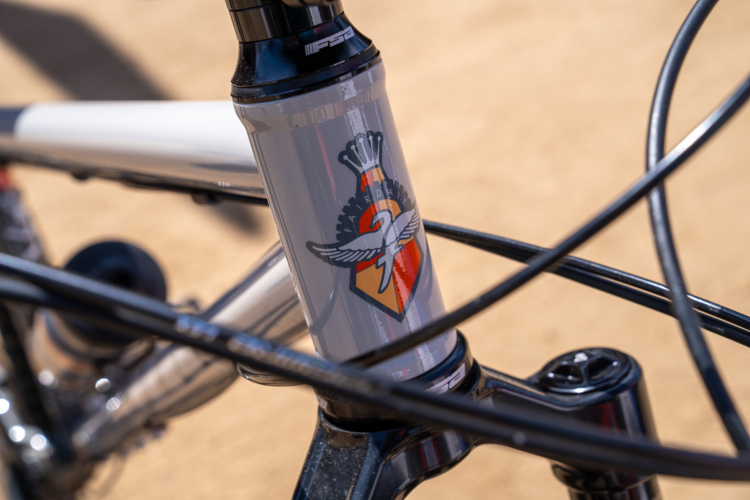
Editor’s Note: “Over a Beer” is a regular column written by Greg Heil. While Greg is the Editor in Chief for Singletracks.com, any opinions expressed in this column are his alone and do not necessarily represent the opinions of Singletracks.com.
Oftentimes I think we’re a bit flippant with our use of superlatives. And I’m as guilty as any writer. We call new products “awesome,” “ground-breaking,” “innovative,” “revolutionary,” and more. But how often do those new products live up to the superlatives that we ascribe to them? Not very.
Take, for instance, the word “revolution.” According to Merriam-Webster, here are some of the definitions of the word “revolution” that could most easily apply to mountain bike products:
- “a sudden, extreme, or complete change in the way people live, work, etc.”
- “a sudden, radical, or complete change”
- “a fundamental change in the way of thinking about or visualizing something”
- “a change of paradigm”
How often has a new mountain bike product of any sort fit any of these definitions above? In my opinion, rarely. Maybe, only once.
You see, most mountain bike technology changes slowly, and evolves over time. Take for instance the evolution of the mountain bike brake: we began with coaster brakes, evolved to rim brakes of various designs, mechanical disc brakes, and finally, hydraulic disc brakes. Even after the introduction of the modern hydraulic disc brake, incremental changes and improvements continued to be added, and in fact, that improvement still continues today.
But aside from the advent of the sport of mountain biking itself, what technological advancement has truly been a “revolution”? What has caused a sudden, extreme change in the way people ride mountain bikes? Has fundamentally transformed the way we visualize our sport? Has caused a change of paradigm so profound that previous knowledge taken as law must be questioned?
When you put it that way, there may be only one technological innovation that could truly qualify as a “revolution.” And that innovation is the fat bike.
Now, some of my colleagues located in more temperate climes *cough* Georgia *cough* may disagree with me. But many mountain bikers live in latitudes that are blanketed with snow several months–or even, many months–of the year. For those riders, mountain biking may have only been a 6-month-per-year activity… or less.
Here’s where the “revolutionary” part comes in: with the sudden and sweeping advent of fat bikes, the way most mountain bikers think about the sport has radically transformed. Indeed, there’s been a paradigm shift: no longer does the pedaling need to stop when the snow starts to fly! No longer are we limited by cold temperatures, white-covered ground, and soft conditions.
Until the fat bike was popularized, thousands–if not millions–of mountain bikers were forced to find a different way to stay in shape every winter. Whether it’s cross country skiing, snowshoeing, ice hockey, or–my favorite–downhill skiing or snowboarding, no matter what the sport may be, it’s just not quite the same as mountain biking.
But now, with the explosion of 5″ tires and lightweight, capable, and ever more affordable fat bikes to choose from, we’ve experienced a sudden, radical, and complete change in the way we visualize our mountain biking season. As the snow begins to accumulate here in Colorado, while I silently mourn the slow departure of high alpine singletrack for the season, I also rejoice thinking of the new routes and riding opportunities that lie ahead for this winter.
[see_also id=”191830″][/see_also]
Instead of winter signaling the end of the riding season, it instead marks a transition–a transition from the skinny tires to the wide tires. From the warm to the cold. From the light to the dark. And yes, while I would prefer that it just be summer all the time, if there’s one bit of wisdom I’ve acquired during my continued orbits around the sun, it’s that getting frustrated at the weather, fighting the change of the seasons, and allowing the inevitable onslaught of cold temperatures to frustrate and depress you is a futile struggle and a gloomy outlook on life.
The only way to live is to embrace whatever may come. To open your arms wide to the inevitable change of the seasons, the constant change in the natural world around us, the impervious march of time as the universe continues to wind down, down, down into ever-increasing entropy.
But despite the impending reign of chaos and the futility of fighting the seasons, with 5-inch tires we can now do one thing: we can keep riding our bikes 12 months a year!





















